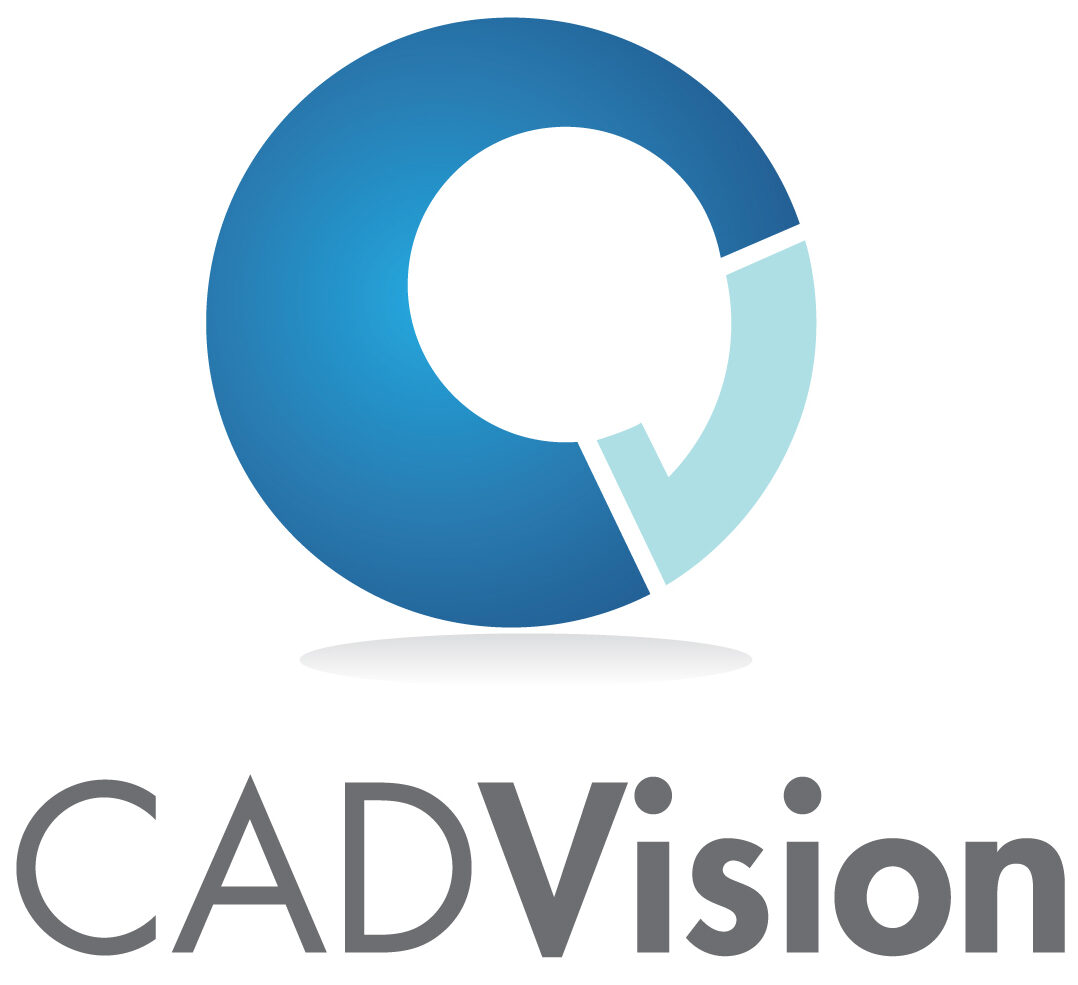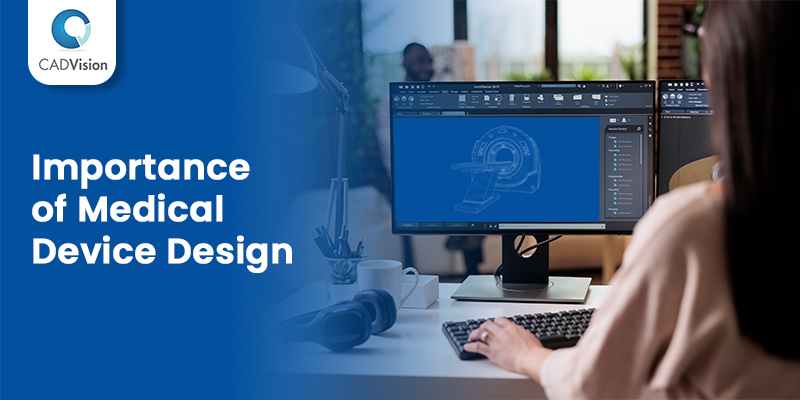Medical devices play a vital role in modern healthcare, contributing to the diagnosis, treatment, and prevention of various medical conditions. These devices are valuable tools for patients, healthcare professionals, and caregivers, facilitating accurate diagnoses, efficient treatments, and improved patient outcomes.
Why is Medical Device Design Important?
The significance of medical device design cannot be understated, as it directly impacts patient safety, device efficiency, and overall healthcare effectiveness. Several vital reasons highlight the importance of meticulous medical device design:
1. Patient Safety
The primary objective of medical device design is to create safe and effective devices for patients. Rigorous regulatory standards and thorough testing ensure that medical devices meet stringent criteria to prevent patient harm.
2. Efficiency
Medical devices designed to perform specific functions efficiently. Whether a diagnostic tool or a therapeutic device, the design must ensure accurate data collection or desired therapeutic effects.
3. User Experience
Healthcare professionals with varying levels of expertise utilize medical devices. User-friendly and intuitive designs reduce the risk of user errors, leading to better patient outcomes.
4. Cost-effectiveness
Effective medical device design encompasses efficient manufacturing processes, waste reduction, and optimized costs. This contributes to cost-effective healthcare solutions for both patients and healthcare providers.
5. Competitive Edge
Well-designed medical devices can provide a competitive advantage in a competitive market, attracting healthcare professionals and patients.
How to Start the Development of a Medical Device?
Developing a medical device involves a systematic approach tailored to the device’s intended application. The stages of medical device development include:
1. Initiation
Opportunity and Risk Analysis: Identify opportunities and assess potential risks associated with the medical device’s development and implementation.
2. Formulation
Concept and Feasibility Analysis: Develop the initial concept and assess its feasibility in design, technology, and market demand.
3. Design and Development
Create a detailed design, focusing on verification and validation to ensure the design output matches the specified design input.
4. Final Validation and Product Launch Preparation
Conduct thorough validation of the device’s safety, effectiveness, and usability. Prepare for the product’s official launch.
5. Product Launch and Post-Launch Assessment
Introduce the medical device to the market and continually assess its performance, making necessary improvements based on real-world feedback.
How Long Does It Take to Develop a Medical Device?
The timeline for medical device development varies depending on the complexity and type of device. It takes between two and five years to develop a medical device from concept to approval. The timeline for FDA approval differs for different classes of devices:
Class 1 Devices: Simple devices like tongue depressors and oxygen masks do not require FDA approval. However, required standards have to complied with.
Class 2 Devices: Moderately risky devices like contact lenses and catheters require more comprehensive safety and effectiveness demonstrations.
Class 3 Devices: High-risk devices such as implantable prostheses and defibrillators demand extensive scientific evidence of safety and efficacy.
How Much Does It Cost to Develop a Medical Device?
The development costs for medical devices vary greatly depending on the complexity of the device.
Does a Medical Device Need FDA Approval?
Yes, FDA approval is required for all medical devices intended for sale, use, or importation in the United States. The level of regulatory supervision depends on the class of the medical device:
Class 1 Devices: These low-risk devices, such as tongue depressors, typically undergo a straightforward self-registration process, often taking less than a week.
Class 2 Devices: Moderate-risk devices like catheters require Premarket Notification 510(k), with approval taking around six months on average.
Class 3 Devices: High-risk devices necessitate Premarket Approval, involving a more rigorous evaluation process that takes eight months or longer.
What is Important for Medical Device Design?
When designing medical devices, it is essential to consider various factors to ensure their effectiveness, safety, and user-friendliness. User requirements should encompass attributes such as comfort, ease of use, training needs, maintenance, storage, etc. Patient safety and minimizing human error are paramount, particularly for devices patients may self-administer.
In the realm of medical device engineering services, a multitude of critical considerations come into play to guarantee the efficacy, safety, and user-centered nature of these devices. Designing medical devices necessitates a comprehensive approach that encompasses factors such as user experience, ease of use, training requirements, maintenance protocols, and storage solutions. This becomes particularly paramount for devices that patients might self-administer.
At CADVision, our role in the medical device industry is to elevate the significance of medical design to an art form that holds the potential to reshape the future of healthcare. With a firm commitment to innovation and excellence, CADVision recognizes the pivotal role that design plays in revolutionizing medical technology and subsequently enhancing patient care.
In this dynamic era of technological advancements, the intersection of medical science and design has opened new horizons. As a leading player in the field of medical device engineering services, CADVision stands at the forefront of this intersection, acknowledging that effective medical devices and equipment are not merely functional tools but intricate solutions that directly impact patient outcomes.
The company’s approach to medical design is characterized by a fusion of creativity, scientific rigor, and meticulous attention to detail. Every product that emerges from CADVision is a result of a collaborative effort between medical experts, engineers, and skilled designers. This interdisciplinary collaboration ensures that the devices not only meet medical standards but also cater to the needs and comfort of both healthcare professionals and patients.
Precision and customization are the cornerstones of CADVision’s design philosophy. The company recognizes that each medical scenario is unique, and as such, their devices are tailored to address specific medical challenges.
Final Word
The design and development of medical devices are critical processes that impact patient safety, healthcare efficiency, and overall treatment effectiveness. Careful attention to design, regulatory compliance, and user needs ensures that medical devices contribute positively to healthcare outcomes. By understanding the importance of medical device design and adhering to regulatory requirements, the Medtech industry continues to innovate and enhance healthcare delivery.
FAQs (Frequently Asked Questions)
Q1: What role do medical devices play in healthcare?
Medical devices are essential tools used to diagnose, treat, and prevent medical conditions. They help healthcare professionals make accurate diagnoses, deliver effective treatments, and improve patient outcomes.
Q2: How does medical device design impact patient safety?
Medical device design ensures that devices are safe and effective for patients. Stringent regulatory standards and testing processes prevent harm and ensure patient safety.
Q3: What factors contribute to a successful medical device design?
A successful medical device design considers patient safety, efficiency, user experience, cost-effectiveness, and the device’s competitive edge in the market.
Q4: How long does it take to develop a medical device?
The duration of medical device development varies based on device complexity and type. On average, it takes three to seven years for a medical device to progress from concept to approval.
Q5: Is FDA approval necessary for all medical devices?
Yes, FDA approval is required for all medical devices intended for sale, use, or importation in the United States. The level of regulatory oversight depends on the device’s risk classification.
Q6: What should be considered during medical device design?
During medical device design, considerations should include patient safety, usability, comfort, ease of use, training needs, maintenance, storage, and adherence to regulatory standards.

